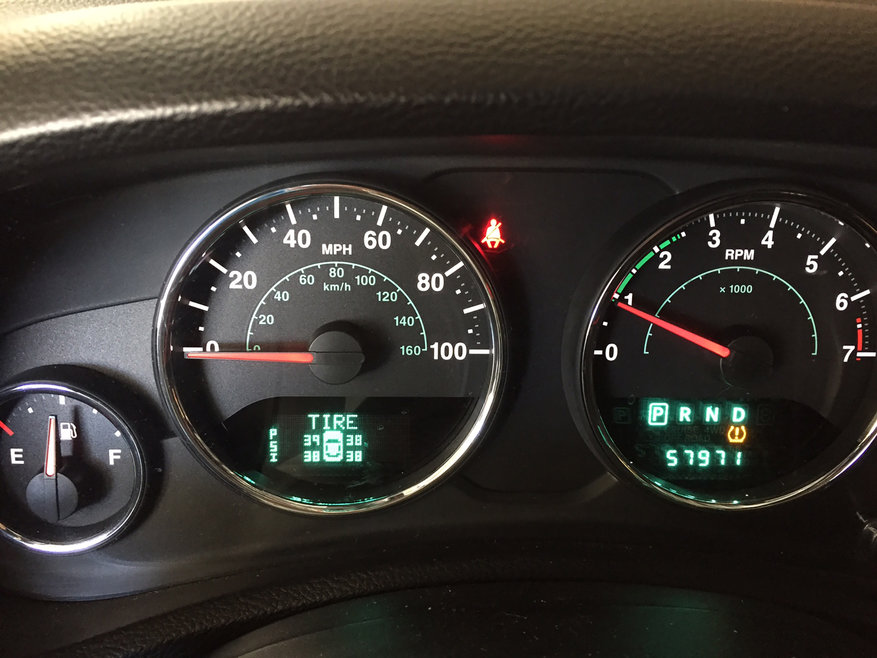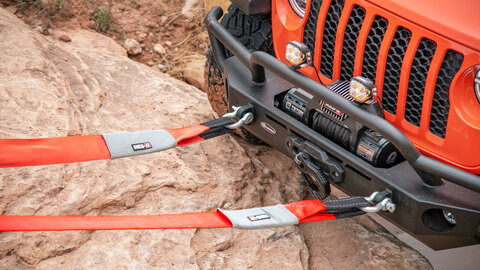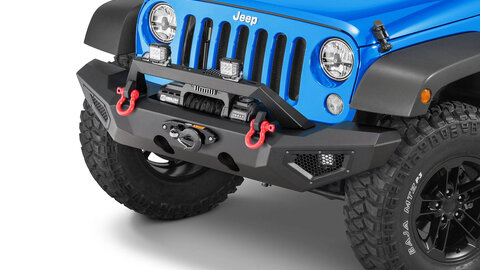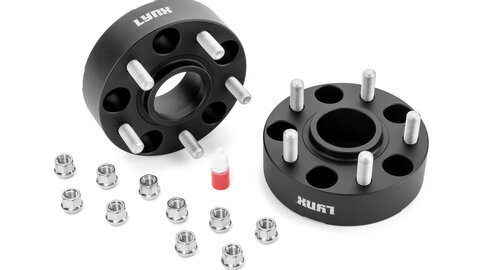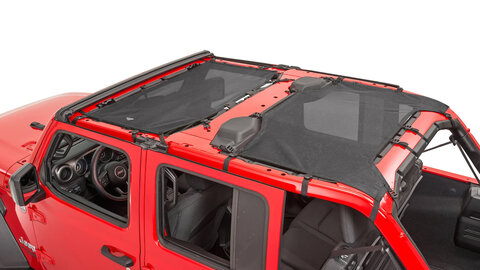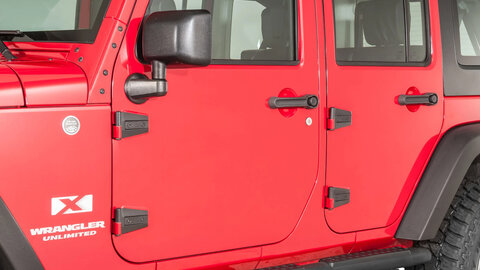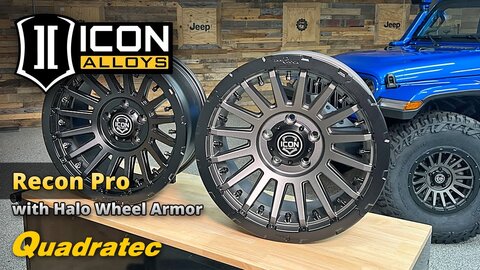by Matt Konkle
Torque Editor-in-Chief
All tires leak.
Whether you have factory rubber that originally came with the Jeep, or you’ve put on mammoth tires with thick sidewalls and Grand Canyon-sized tread patterns, they all expel air at a small rate — generally around 1-3 pounds-per-square-inch each month depending on the tire.
In colder weather, that pressure can also dip by around 1 psi per 10 degrees of temperature variance.
This doesn’t mean there is a problem with your tires, or they need to be replaced. Just that they need to be watched. Ignore refilling the air in your tires long enough though, and you’ll soon see that yellow exclamation point light illuminate on your dash.
For those with 2008, or newer, Wranglers and Gladiators, that is your vehicle’s Tire Pressure Monitoring System letting you know it is time for some air in at least one of your tires.
Of course, that light is also quick to light up if something wild happens like you bust a bead, or pick up a shank of metal on the drive to work. But when something like that occurs, you’ll usually know there is an issue anyway just by the way the Jeep suddenly handles.
So how does the whole TPMS thing work, what is the process to reset when it triggers and what should you do about the sensors if you ever plan on changing wheels and tires?
First, though, a little history.
Tire pressure monitoring systems have been around since the 1980s, but it wasn’t until the TREAD Act of 2000 that the government stepped in and mandated all new vehicles built on or after September 1, 2007, must have a TPMS set up installed. That means all Jeep Wranglers from 2008 to present should have the system installed.
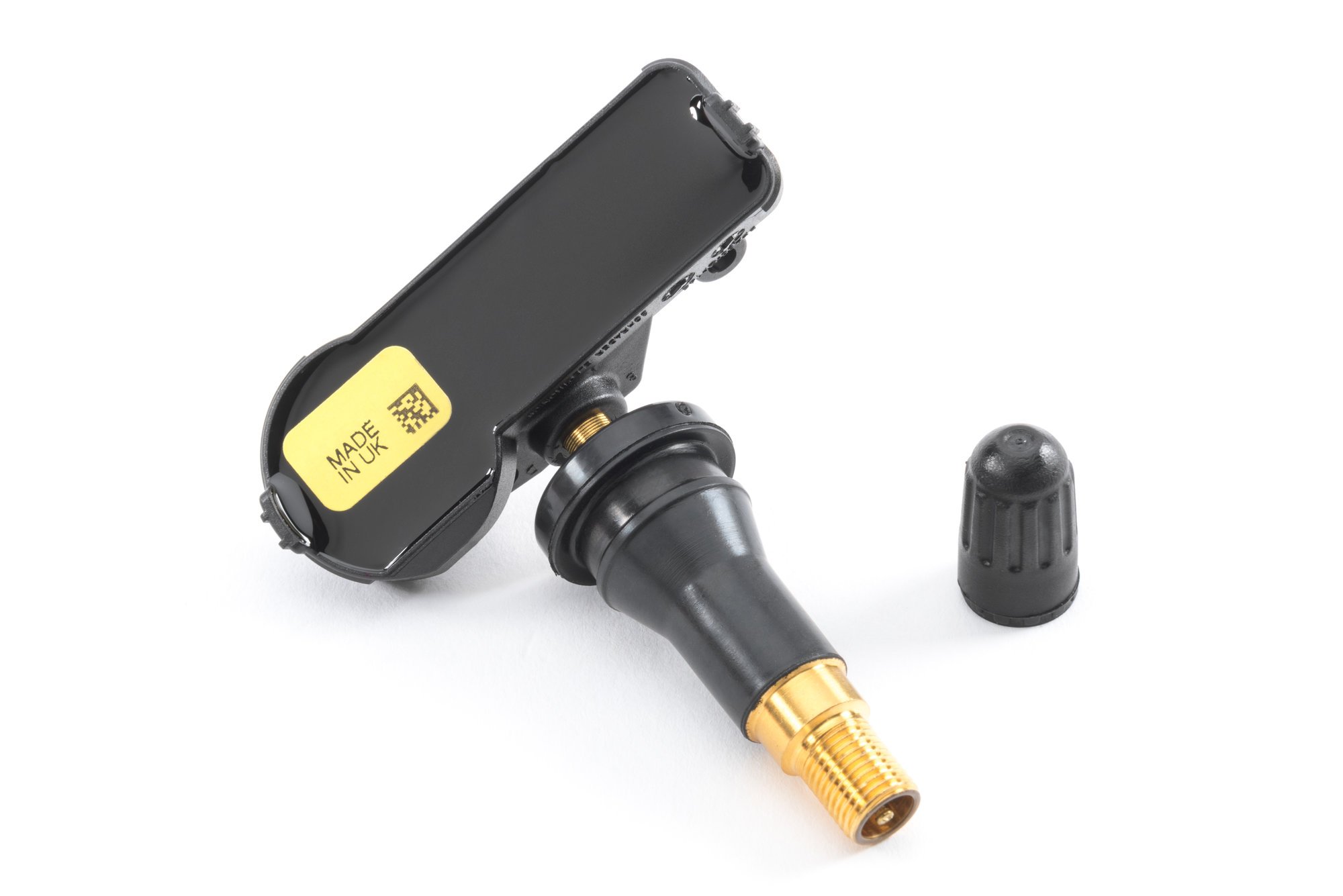
Jeep uses a direct TPMS set up where sensors are separately installed on each wheel. When a tire registers a pressure lower than factory specifications, then the respective TPMS sensor communicates the issue directly to your Jeep’s computer via radio frequency. That triggers the yellow dash icon alerting you of a pressure drop.
Now, should that TPMS light illuminate, you don’t have to exit the vehicle and individually check each tire. Instead, simply use your steering wheel dash controls to migrate to the tire pressure screen. This will inform you of the current pressure in all four tires. From there, you can either use a compressor or air tank to refill, or head to the nearest gas station air filling pump.
If you are not sure about the correct pressure for your Jeep’s tires, you can either look at the specifications badge on the inside of your driver door or check the owner’s manual. For those with factory tires, Jeep recommends a cold pressure of 37 pounds-per-square inch on most JK models, and 35 psi for the JL and JT versions.
Once you have those tires filled to the correct pressure, don’t worry about searching around for a TPMS reset button as there is not one in your Wrangler. Instead, simply drive around for about 20 minutes above 15 miles-per-hour and the system should clear.
Why is it important to keep those tires at the proper pressure? Simple. The correct inflation pressure in each tire ensures those tires will wear properly, thus extending their lifespan. It also allows the Jeep safely handle at speed and while braking or cornering, and helps bump up the fuel economy.
You may also have to reset or replace the TPMS during the vehicle’s lifespan if the sensor somehow loses signal, becomes damaged or the battery dies. In these cases, the TPMS light will flash for a minute or so before remaining illuminated.
When a sensor loses signal, it is not from smartphone or Bluetooth interference because they operate at different frequencies. Instead, a sensor can have its signal blocked things on the vehicle itself like a brake caliper, control arm or other large metal object placed between the sensor and antenna. Additionally, tinted windows or dirt/snow/ice can interfere as well. Normally, because the sensor transmits every 15-30 seconds, the problem can sometimes resolve itself, but if not then it will need to be reset.
Assuming your Jeep’s tires are at the proper inflation amount, the best way to ‘remind’ the sensors that your tires have the correct pressure is to fill them 3-5 psi, then deflate about 3-5 psi under the right amount. Finally, reinflate to the correct pressure. Then, drive around to reset the system.
If this does not correct the issue, then the sensor(s) could need to be reprogrammed or replaced.
Off-roading, as well as adding different wheels and tires on your vehicle presents another issue to the factory TPMS set up and usually requires some attention.
When you head off-road, it is highly recommended to air down your tires for better performance. That lower psi number can vary depending on conditions and even though it is the proper procedure, it will normally set off the TPMS light.
Should this happen, you can either choose to ignore the warning light until airing back up later, or you can manage the system using a custom tuner or programmer. These units allow you to adjust the pressure warning threshold on the Jeep’s computer so you can calibrate to whatever off-road pressure you are running.
Even if your plans do not include off-roading, swapping out factory wheels and tires is normally one of the first Jeep modifications many choose to make. That’s because it helps the vehicle appear more rugged, while an all-terrain or mud-terrain tire simply out-performs a factory street tire in nearly every situation.
In the process though, you will need to either reprogram the factory TPMS sensors, or purchase new ones as they normally are not included with individual wheels and tires. Some tire/wheel packages may let you add TPMS to the mix, but you’ll definitely want to make sure before ordering.
Related Articles:
What Are The Differences In Jeep Seat Cover Materials












